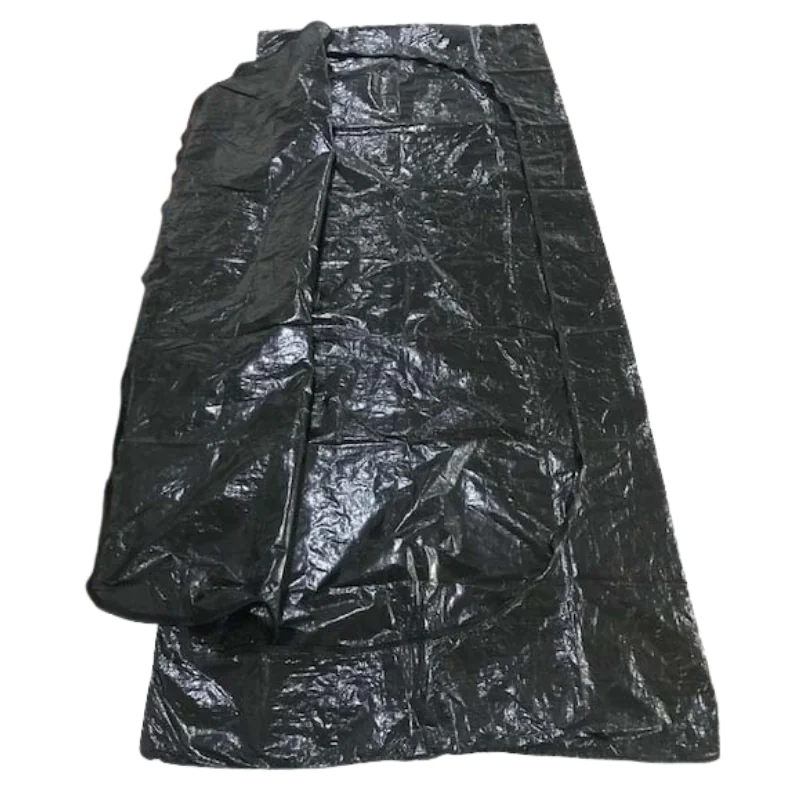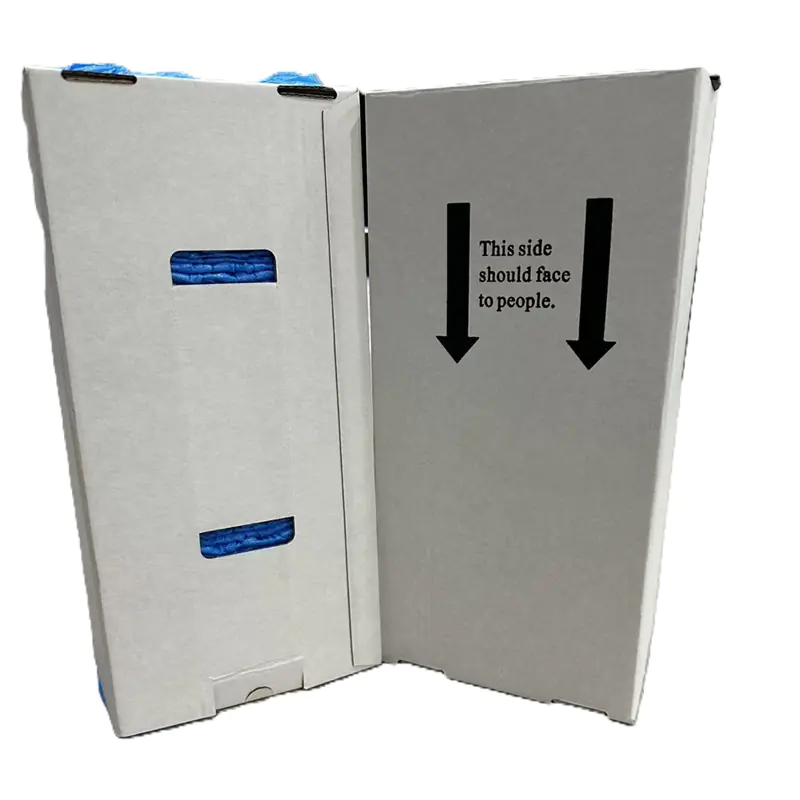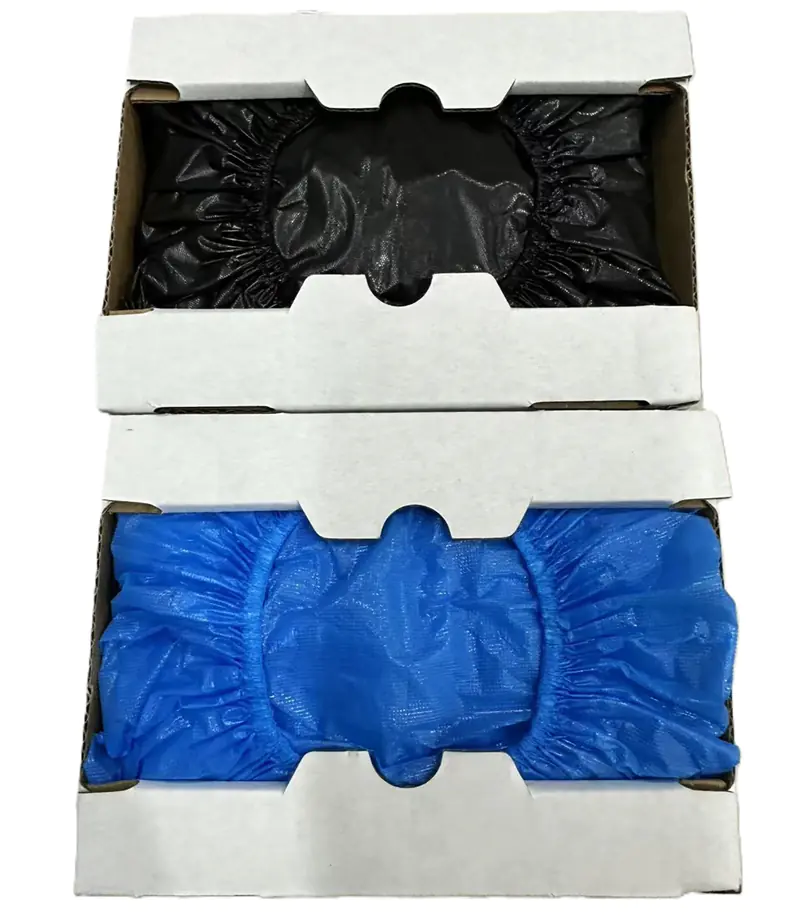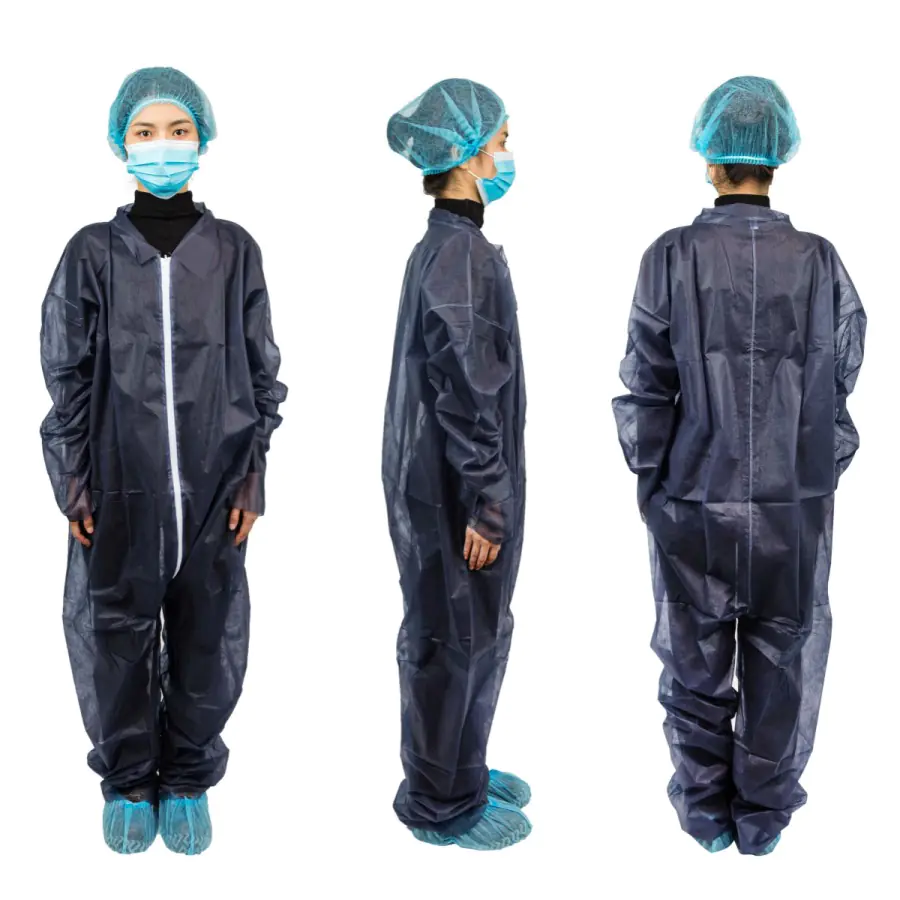Dealing with death is tough. Knowing how to dispose of disposable dead body bags after use is an important part of handling things safely and respectfully. Getting this wrong can cause serious problems like spreading germs, breaking laws, and hurting our planet. This guide explains the right ways to handle used body bags for corpses. We focus on safety, following rules like medical waste protocols, and using infection control.
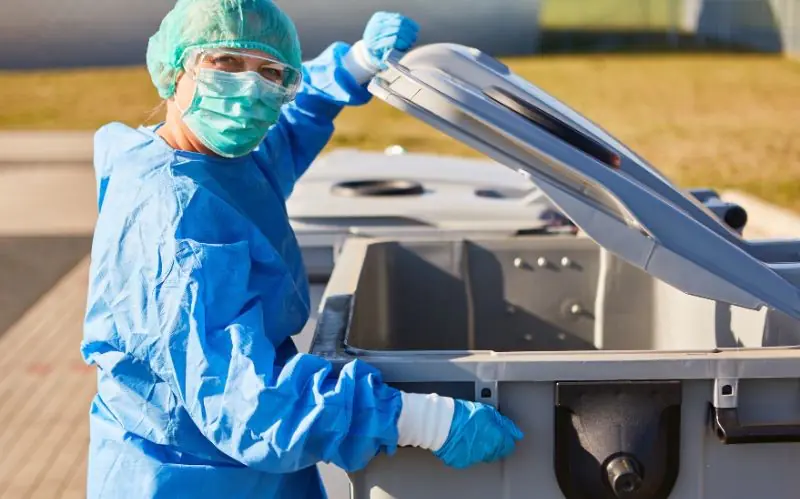
1. Why Getting Rid of Bags Correctly Is So Important
Why are there special rules for throwing away a used cadaver bag? These bags have held human remains and might contain fluids or germs. This makes them biohazard waste.
- Health Risks: Germs from infectious waste can spread if bags go into regular trash. This is risky, especially during events like waste disposal in pandemics. Proper hazardous material handling protects everyone.
- Legal Trouble: Strict rules exist for biohazard waste disposal. Groups like the Environmental Protection Agency (EPA) and Occupational Safety and Health Administration (OSHA) have EPA disposal guidelines and require OSHA compliance. Breaking rules leads to fines. One place was fined $25,000 for improper disposal.
- Environmental Harm: Most body bags are plastic (non-recyclable materials). In a normal landfill, they don’t break down easily and can pollute. We need good environmental impact mitigation.
Understanding body bag decomposition and rules from the World Health Organization (WHO) shows why careful steps are needed for hospitals, funeral homesそして coroners.
2. Step-by-Step: Safe Disposal Methods
Getting rid of a used body bag safely means following specific steps. You must follow local rules and medical waste protocols.
2.1. Prepare for Safe Handling
Safety first! Before touching a used bag:
- Wear Protection: Always use Personal Protective Equipment (PPE). This includes gloves, maybe a disposable non woven apron, a gown, and eye protection. For high-risk situations, full disposable biohazard suits with hood and boots might be needed. Proper waste disposal PPE が不可欠だ。
- Check the Bag: Look closely at the bag. Is it sealed? Are there rips or leaks? Good bags provide leak-proof containment. A heavy duty post mortem body bag offers more security.
2.2. Approved Disposal Options
Used body bags are contaminated waste and need special treatment. Do not put them in regular trash.
- Use Medical Waste Facilities: Most bags go to special facilities that handle medical waste. They use safe methods:
- Incineration Methods: Burning bags at very high heat kills almost all germs (99.9% effective). This is best for pathological waste management.
- Autoclaving Procedures: Using high-pressure steam kills most germs (~95% effective).
- Hire Licensed Waste Services: Companies like Stericycle Inc., Clean Harbors, or Waste Management Inc. specialize in biohazard waste disposal. They follow all rules for pickup, infectious waste transport, and treatment. They handled large amounts during crises . Costs range from $0.50–$2.00 per pound .
- Double-Bagging Procedures: Put the used body bag inside another special biohazard bag (often a red bag) for extra safety against leaks.
Remember, most places ban body bags in municipal waste due to landfill restrictions.
3. Safety Tips and Best Practices
Handling bags safely is crucial. Follow waste disposal best practices.
- Seal Tightly: Ensure the bag is fully zipped or sealed using ziplock sealing methods. Proper sealing helps with contagious disease containment.
- Transport Carefully: Move the bag gently. Use strong, labeled containers for infectious waste transport to prevent tears.
- Manage Decomposition: If disposal is delayed, use cold storage for remains. This slows decomposition control and germ growth. Good post-mortem sanitation is vital.
- Decontaminate: Clean any surfaces or equipment that touched the bag using proper disinfectants.
- Training: Anyone handling these bags needs waste disposal training.
Always handle remains with respect, following waste disposal ethics.
4. Rules and Protecting Our Planet
Following laws and caring for the environment are linked.
- Know the Rules: Follow guidelines from:
- EPA: National standards for hazardous material handling .
- OSHA: Worker safety rules .
- State/Local Health Departments: Specific local rules.
- WHO: Global guidance.
- Think Green: Standard plastic bags harm the earth.
- Landfill Dangers: Improper disposal pollutes.
- Eco-Friendly Choices: Look for biodegradable body bags. Ensure they meet standards like ASTM International D6400. This supports waste minimization strategies.
Following body bag disposal guidelines protects health and the planet.
5. Special Situations
Disposal needs vary. Hospitals and funeral homes usually have set procedures. During disasters (waste disposal in disasters), waste volume surges, requiring plans like those used by DMORT or the ICRC. Different settings like veterinarians or forensics also have specific protocols.
6. Frequently Asked Questions (FAQs)
Quick answers to common questions:
- Q1: Can I burn used body bags myself?
- A: No. This requires licensed facilities with special incineration methods. Home burning is illegal and unsafe.
- Q2: How do I store a used bag temporarily?
- A: In a secure, cool place (cold storage for remains). Arrange final disposal quickly.
- Q3: Does bag color matter for disposal?
- A: No. Disposal rules depend on the bag’s use (as biohazard waste), not its color.
- Q4: What if there are sharps inside?
- A: Ideally, remove sharps before placing remains in the bag. If sharps are present, handle with extreme caution for sharps injury prevention.
- Q5: Are eco-friendly body bags available?
- A: Yes, biodegradable body bags are an option. Look for ASTM International certification.
Conclusion: Handle with Respect and Safety
Knowing how to dispose of disposable dead body bags after use is vital. Always follow medical waste protocols and EPA disposal guidelines to ensure OSHA compliance and protect health. Use approved methods like incineration or licensed services. Prioritize safety with PPE and proper handling. Consider the environment by choosing biodegradable body bags. Careful and respectful disposal is everyone’s responsibility.

